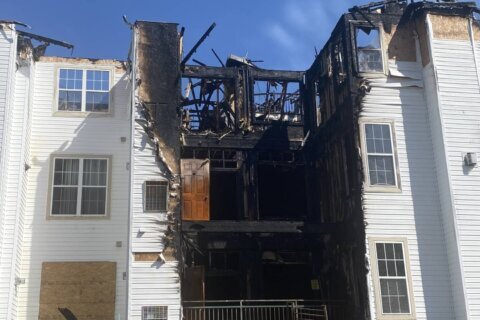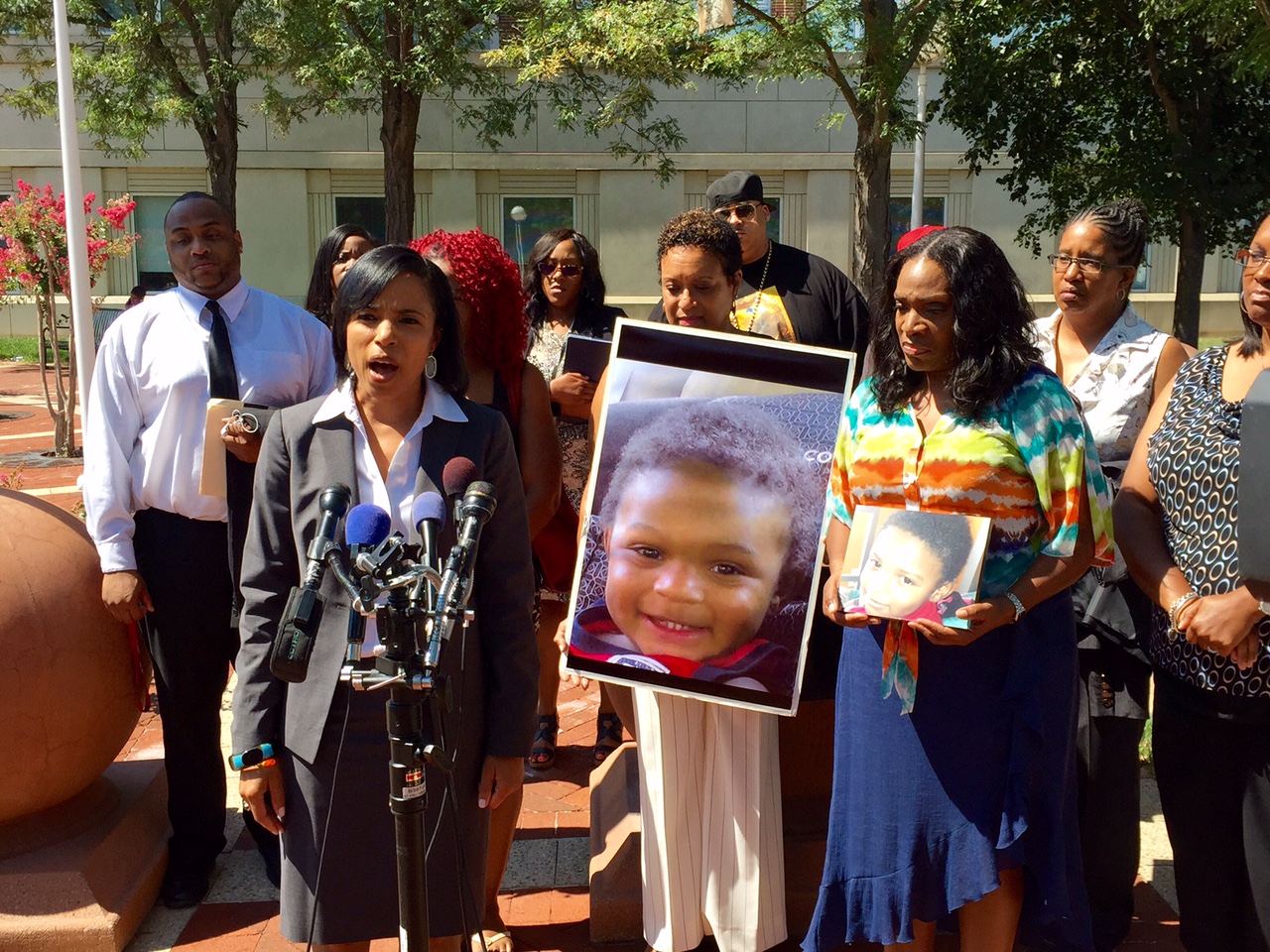
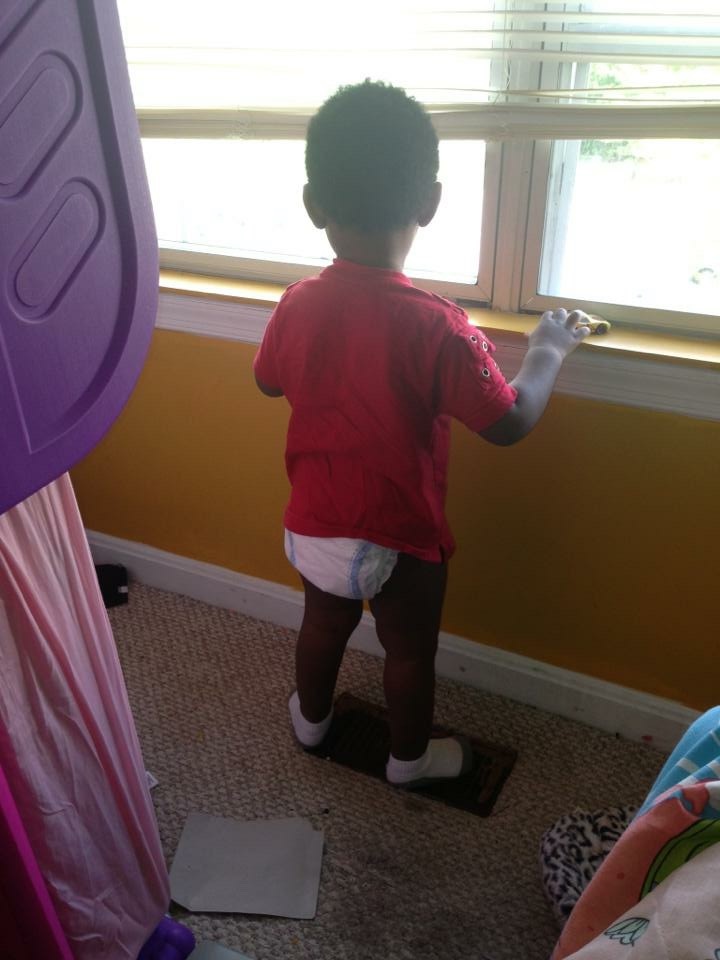
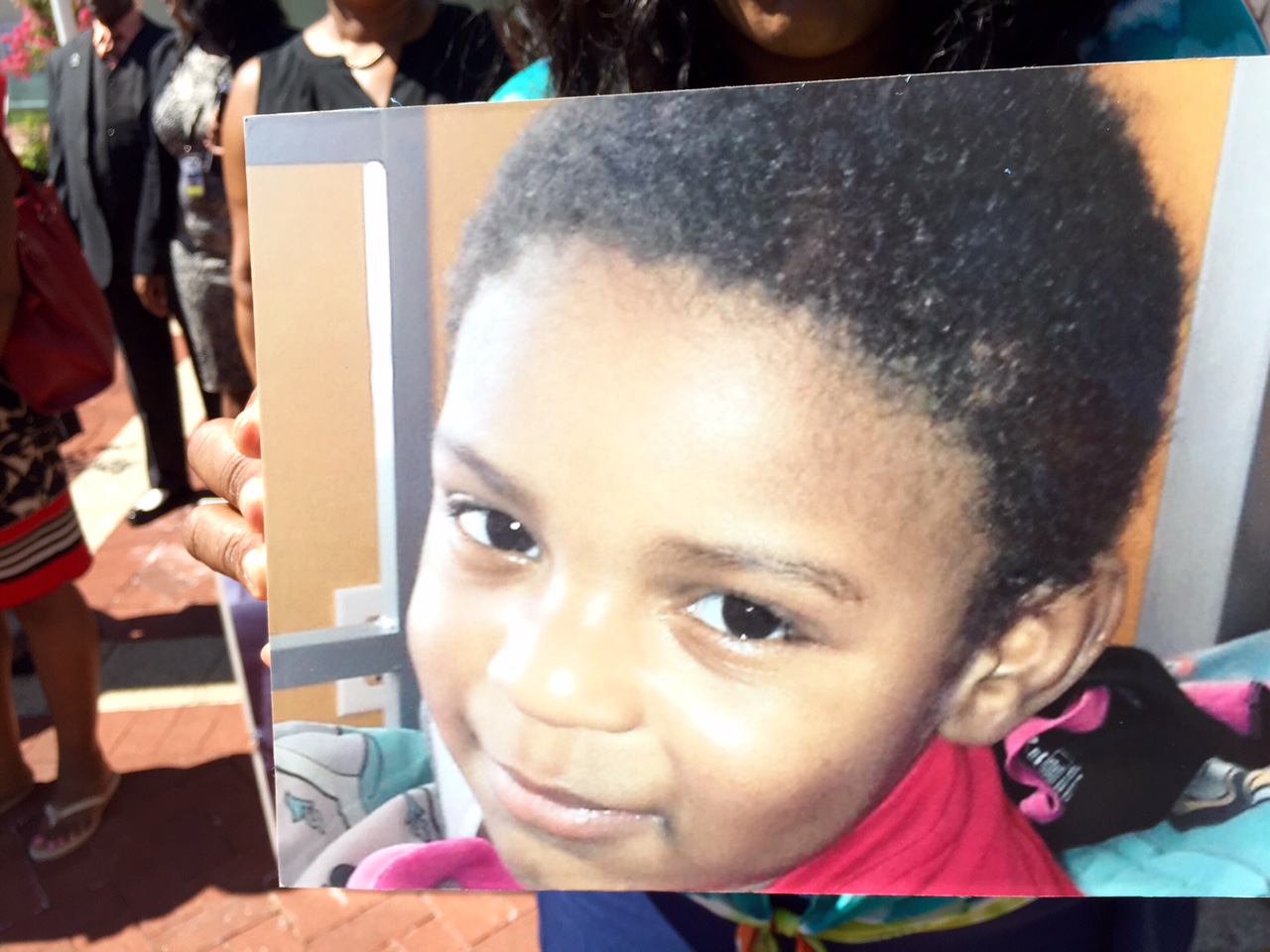
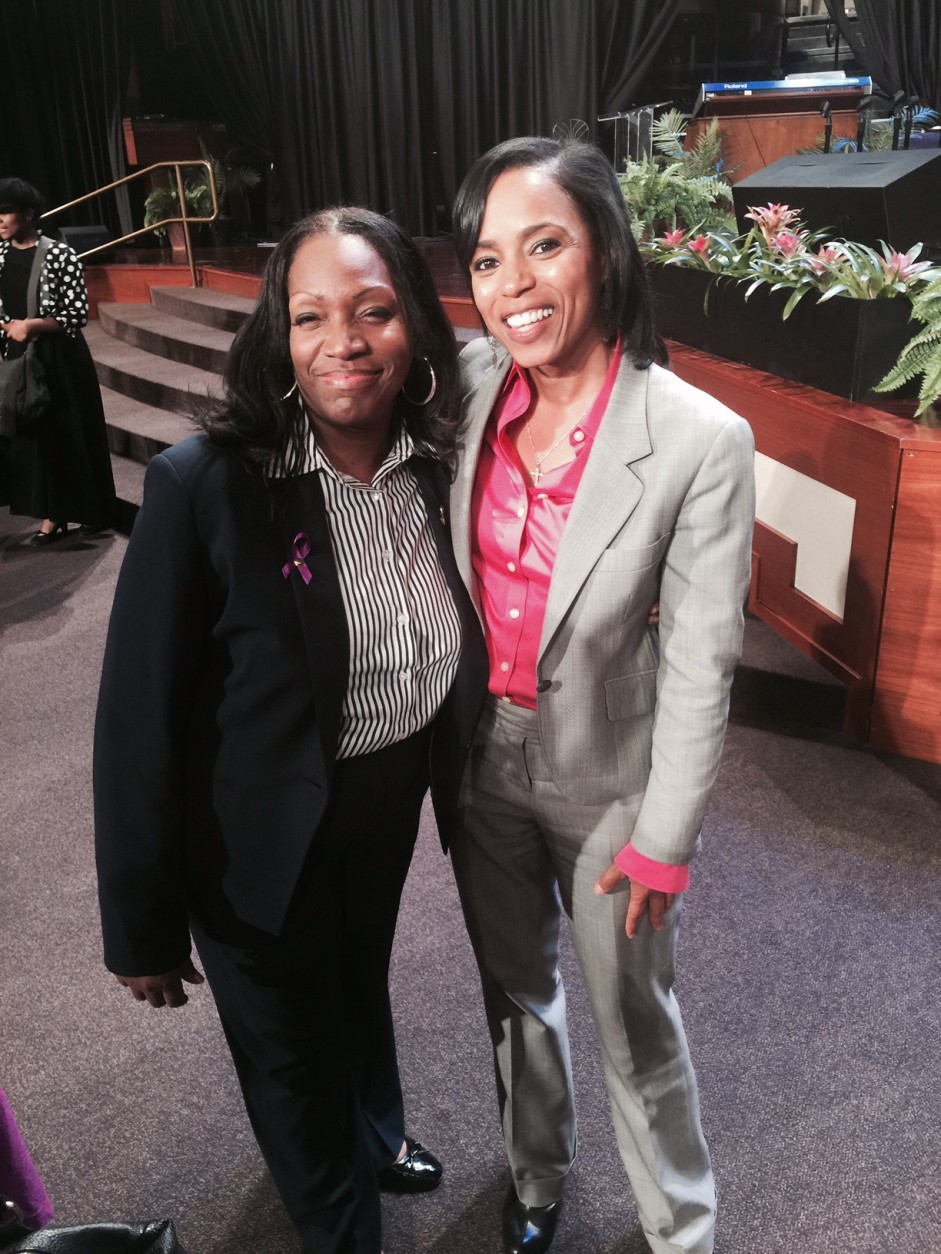
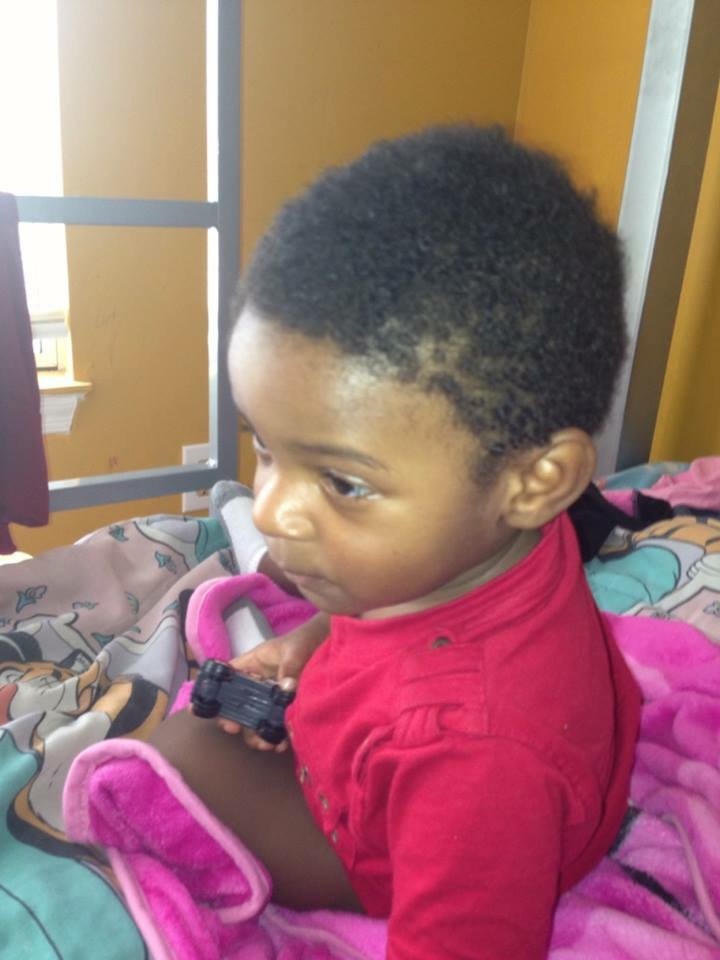
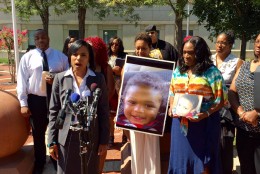
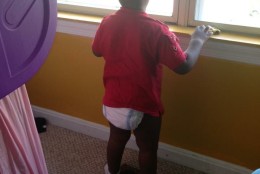
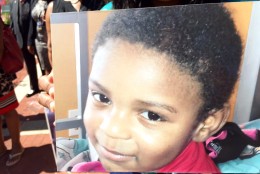
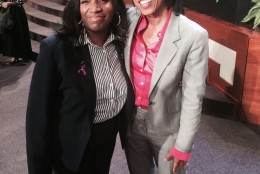
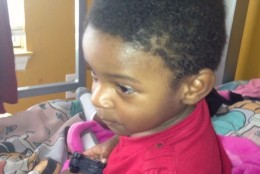
UPPER MARLBORO, Md. — There is a disturbing trend emerging in Prince George’s County that prosecutors fear is related to the cost of child care: little boys being killed by their mothers’ boyfriends.
Authorities tell WTOP that the prohibitive cost of child care can leave a mother with no alternative but to trust her lover with her child’s life.
It was more than two years ago that Lydia Polk got word her 2-year-old grandson, Jamir Shipe, was being rushed to the hospital. She remembers every word of the phone call. She knew instinctively to fear the worst.
“There’s a feeling you get when there’s something wrong with your little ones, and I got that feeling,” Polk says.
The toddler she cared for two weeks earlier was in the Intensive Care Unit, critically injured by his mother’s boyfriend.
“They showed us images of his skull and they told us that he was brain dead and that there was nothing they could do,” she recalls.
The office of Prince George’s County State’s Attorney Angela Alsobrooks convicted 26-year-old Clifton Bernard in Shipe’s murder.
On May 22, 2013, Bernard was watching Jamir while his mother was at work.
“According to the defendant in the case, the baby gave him a look that made him feel … that the baby was disrespectful. He got enraged and he took his head and he threw his head through a wall,” Alsobrooks said.
Jamir’s family watched as doctors removed him from life support two days later.
“We were all standing in the room while they slowly but surely cut each machine off. And so you’re standing there and you’re saying, ‘OK baby, just do something. Just flinch or move a finger,'” Polk says.
Jamir isn’t alone. Alsobrooks has had four cases of children under the age of 2 killed under similar circumstances in the last 18 months.
“They pose a threat of some sort,” Alsobrooks says. “That the defendants in the case show aggression towards young boy children.”
It’s an abusive pattern that goes back centuries, says University of Maryland professor Dr. Howard Dubowitz, who specializes in child abuse pediatrics.
“Often it involves men who are not the biological fathers, and the thinking here is that these are men that have less of an attachment, less of a commitment to these kids, so that increases the risk,” Dubowitz says.
It’s a risk that has become more of a reality for mothers without access to child care.
“This is something we want to put on our radar as families,” Alsobrooks says — “to be able to address the need many mothers have to find help to find child care that is safe.”
In 2014, the average cost for weekly childcare of a 2 to 4-year-old child was $155 in a home-based child care program, according to Prince George’s County data from the Maryland Family Network. That’s $620 a month for one child. The data shows parents who dropped their child at a commercial child care center paid on average $170 a week last year.
Her office recently launched a family violence unit and she is partnering with community organizations, including a foundation Polk is establishing — named for Jamir — to educate mothers about safe and available child care resources.
“Our young women are just not getting it. The babies come first. You have to advocate for them because they can’t advocate for themselves,” Polk says.
Speaking for young children has become her passion and a promise she intends to keep.
“I held him and I promised him. I whispered into his ear, ‘Grandma is going to make sure that your death does not go in vain,'” Polk says.
Signs of child abuse can be hard to detect when children are too young to speak, says Dubowitz.
He stresses that parents need to be sensitive to the nature of the interactions between their child and other adults.
“For example, a child who makes a fuss when being left with another adult is perhaps an obvious red flag something may be amiss,” Dubowitz says.
Sometimes, parents can find themselves in a state of denial as well, he says.
“One loves this other person, wants things to be good, and so perhaps is dismissing a warning sign. But it’s true sometimes the signs may be subtle. They may not be easy to interpret,” he says of toddler abuse.
The Mayo Clinic lists the signs of physical abuse in children:
- Unexplained injuries, such as bruises, fractures or burns
- Injuries that don’t match the explanations given for them
- Untreated medical or dental problems
A child may be afraid to tell anyone about the abuse, especially if the abuser is a parent, relative or family friend.
“In fact, the child may have an apparent fear of parents, adult caregivers or family friends,” the website says.
Other red flags:
- Withdrawal from friends or usual activities
- Changes in behavior — such as aggression, anger, hostility or hyperactivity — or in school performance
- Depression, anxiety or unusual fears, or a sudden loss of self-confidence
- An apparent lack of supervision
- Frequent absences from school or reluctance to ride the school bus
- Reluctance to leave school activities, as if he or she doesn’t want to go home
- Attempts at running away
- Rebellious or defiant behavior
- Attempts at suicide



